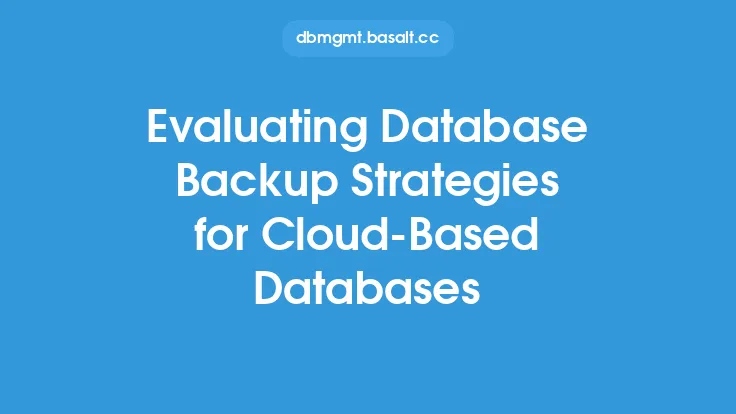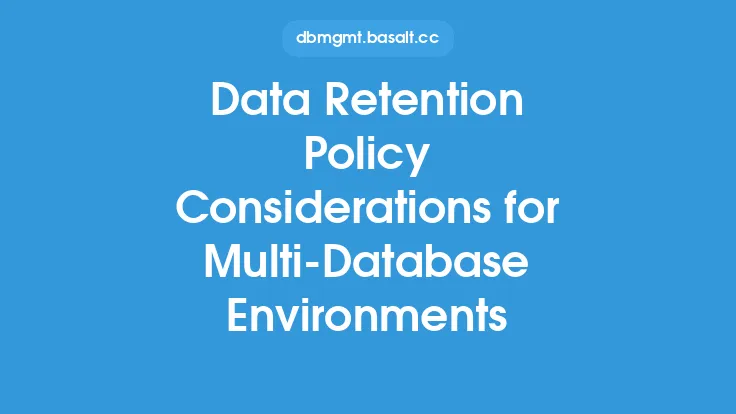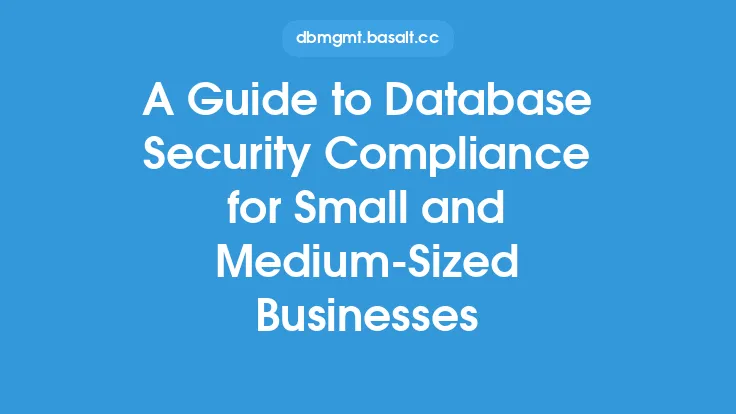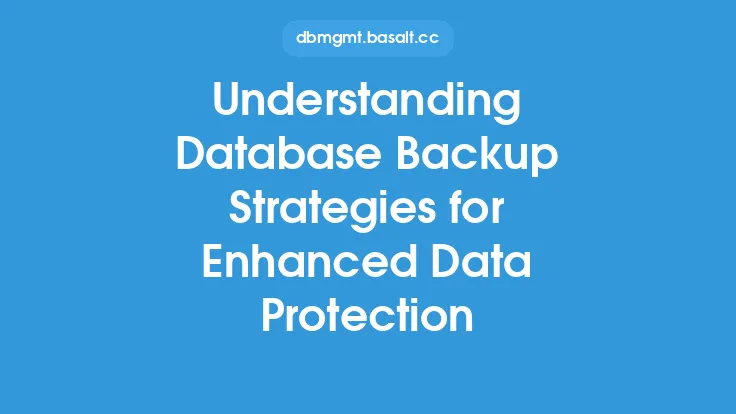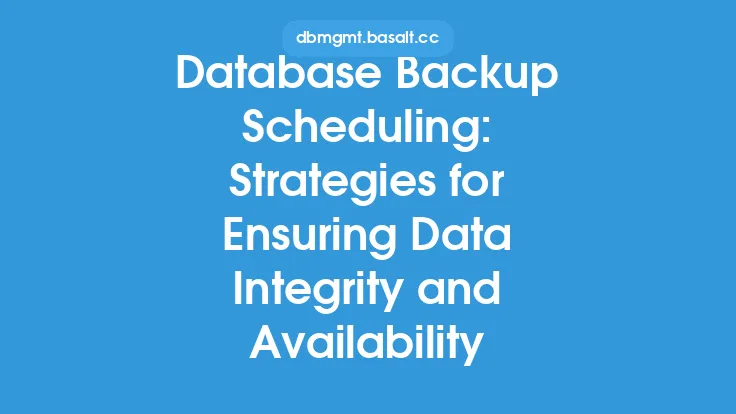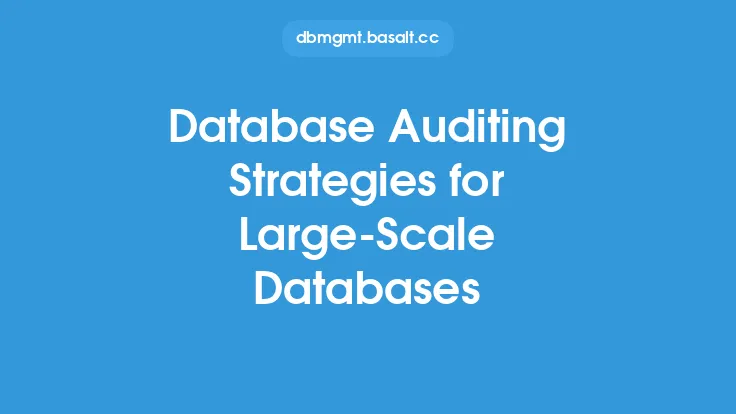In today's complex and data-driven world, databases play a crucial role in storing and managing vast amounts of information. As the number of databases within an organization grows, so does the complexity of managing and protecting them. Multi-database environments pose unique challenges when it comes to database backup strategies, requiring a thoughtful and multi-faceted approach to ensure data safety and integrity.
Introduction to Multi-Database Environments
Multi-database environments are common in large organizations where different departments or applications require separate databases. Each database may have its own specific requirements, such as different data types, access controls, and performance needs. Managing backups in such environments involves understanding the specific needs of each database, the interdependencies between them, and the overall impact on the organization's data landscape.
Challenges in Multi-Database Environments
One of the primary challenges in multi-database environments is the sheer volume and diversity of data. Different databases may use different database management systems (DBMS), each with its own backup and recovery tools and methodologies. This diversity can complicate the backup process, requiring specialized knowledge and tools for each DBMS. Additionally, ensuring consistency and integrity across backups from different databases can be complex, especially in environments where data is frequently updated or where transactions span multiple databases.
Key Considerations for Database Backup Strategies
When developing a database backup strategy for a multi-database environment, several key considerations must be taken into account. First, it's essential to understand the recovery point objective (RPO) and recovery time objective (RTO) for each database. The RPO defines the maximum amount of data that can be lost in the event of a failure, while the RTO specifies the maximum time allowed for recovery. These objectives can vary significantly between databases, depending on their criticality to the business and the impact of downtime.
Backup Tools and Technologies
The choice of backup tools and technologies is critical in multi-database environments. Ideally, a backup solution should be able to handle multiple DBMS types, offer flexible scheduling options, and provide robust recovery capabilities. Many organizations opt for third-party backup tools that can manage backups across different databases and DBMS, offering a centralized view and control over the backup process. These tools often provide additional features such as data compression, encryption, and deduplication, which can significantly reduce storage requirements and enhance data security.
Centralized vs. Decentralized Backup Strategies
In multi-database environments, organizations must decide between centralized and decentralized backup strategies. A centralized strategy involves managing all database backups from a single location or tool, which can simplify administration and ensure consistency across backups. However, this approach may not be suitable for very large or distributed environments, where network bandwidth and backup window constraints can make centralized backups impractical. Decentralized strategies, where each database or group of databases is backed up independently, can offer more flexibility but require more administrative effort to ensure consistency and compliance with organizational backup policies.
Automation and Monitoring
Automation and monitoring are essential components of any database backup strategy, especially in multi-database environments. Automated backup processes can ensure that backups are performed consistently and on schedule, reducing the risk of human error. Monitoring tools can provide real-time visibility into the backup process, alerting administrators to any issues or failures. This allows for prompt action to be taken, minimizing downtime and data loss.
Testing and Validation
Testing and validation of backups are often overlooked but are critical components of a database backup strategy. Regularly testing the restore process from backups ensures that the data can be recovered correctly and that the backups are usable in case of a disaster. This process should be automated where possible and should cover all databases to ensure that no critical data is left unprotected.
Conclusion
Developing effective database backup strategies for multi-database environments requires a deep understanding of the organization's data landscape, the specific needs of each database, and the challenges posed by diversity and complexity. By considering key factors such as RPO and RTO, leveraging appropriate backup tools and technologies, and implementing centralized management, automation, and rigorous testing, organizations can ensure the integrity and availability of their data. As data continues to grow in volume and importance, a well-planned and executed database backup strategy is not just a best practice, but a necessity for business continuity and success.
